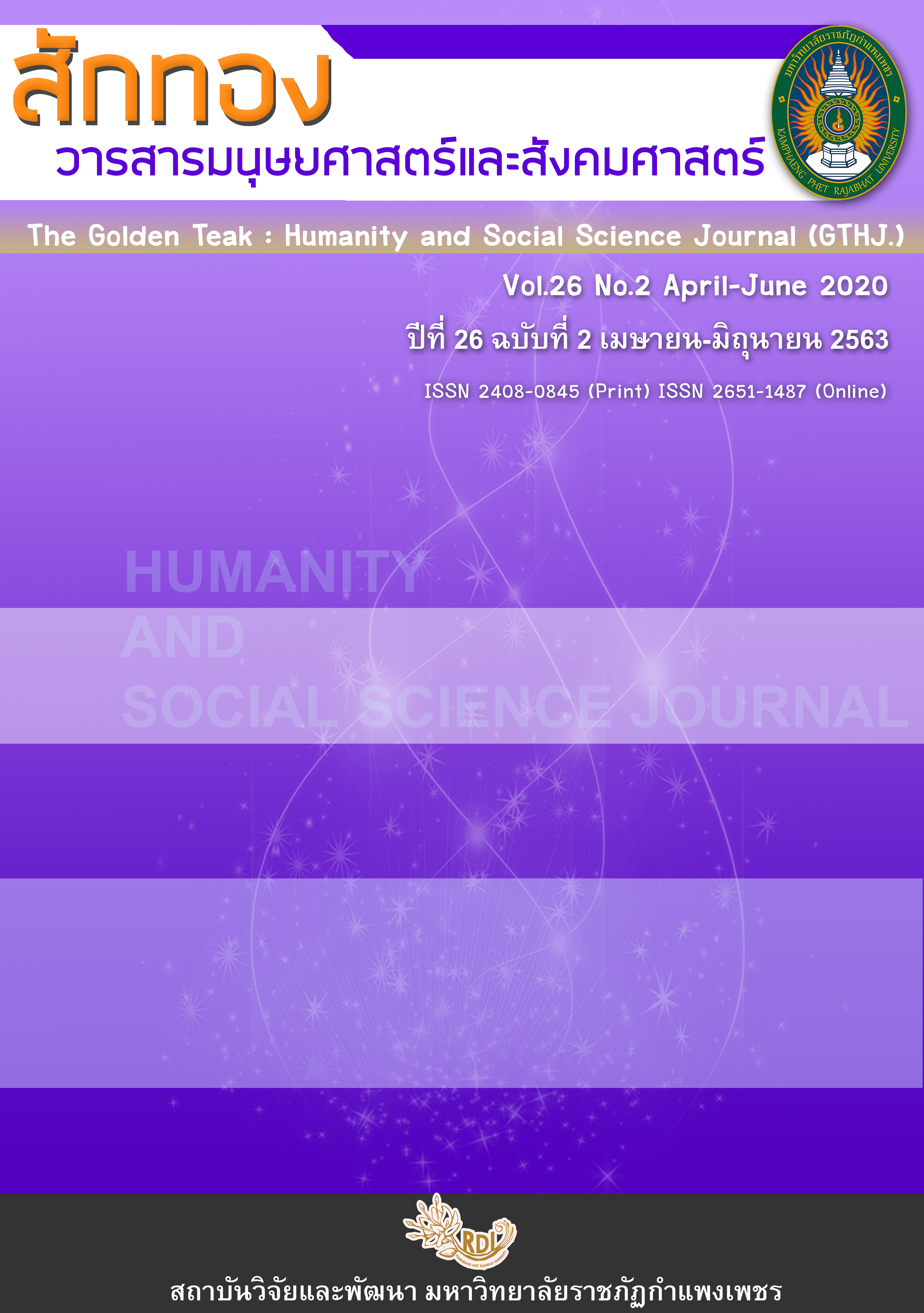The concept of Active learning in the 21st Century: Who is active and what is considered as ‘’active’’ in Active learning?
Main Article Content
Abstract
Active learning is an unavoidable approach to teaching and learning in the 21st century. It gives learners an opportunity to actively participate in the learning process in order to attain the stated learning objectives. The purpose of teaching and learning is to enable the learners to understand the concepts and subject matter as well as develop specifically required skills. Effective understanding and development of skills will come from active participation as well as collaboration of learners in planning and participating in the learning process. Learners understand better when they actively and collaboratively participate in planning and developing their own knowledge. During active learning, the teachers is actively active as a facilitator, coacher, and scaffolder as well as bringing in different and new methods that will maximize learning in learners. Learners must be active at all levels and in all spheres; that is; physically active, intellectually active, socially as well as emotionally active.
Article Details
บทความที่ได้รับการตีพิมพ์เป็นลิขสิทธิ์ของวารสาร สักทอง : วารสารมนุษยศาสตร์และสังคมศาสตร์ สถาบันวิจัยและพัฒนา มหาวิทยาลับราชภัฏกำแพงเพชร
ข้อคิดเห็นใดๆ ที่ปรากฎในวารสารเป็นวรรณกรรมของผู้เขียนโดยเฉพาะ ซึ่งมหาวิทยาลัยราชภัฏกำแพงเพชรและบรรณาธิการไม่จำเป็นต้องเห็นด้วย
References
Astin, A.W. (1985). Achieving educational excellence. San Francisco : Jossey-Bass.
Bean, J.C., Drenk, D. & Lee, F.D. (1982). Microtheme strategies for developing cognitive skills. In C.W. Griffin (Ed.). Teaching writing in all disciplines. New Directions for Teaching and Learning, No. 12. San Francisco: Jossey-Bass.
Bonwell, C. & Eison, J. (1991). Active learning : Creating excitement in the classroom (ASHE-ERIC Higher Education Report No. 1). Washington, DC : George Washington University. [Online]. Available : http://www.ed.gov/databases/ERIC_Digests/ ed340272.html [2017, June 3].
Bonwell, C.C. & Eison, J.A. (1991). Active Learning : Creating Excitement in the Classroom. ERIC Digest. [Online]. Available : http://www.oid.ucla.edu/about/units/tatp/old/ lounge/pedagogy/downloads/active-learningeric.pdf [2017, June 3].
Bonwell, C.C. & J.A. Eison (1991). Active Learning: Creating Excitement in the Classroom, ASHEERIC Higher Education Report No. 1, Washington, DC: George Washington University.
Brame, C.J. & Biel, R. (2015). Test-enhanced learning : The potential for testing to promote greater learning in undergraduate science courses. CBE Life Sciences Education, 14, 1-12.
Bransford, J.D., Brown, A.L. & Cocking, R.R. (Eds.) (1999). How people learn : Brain, mind, experience, and school. Washington, D.C. : National Academy Press.
Chickering, A.W. & Ehrmann, S.C. (1996). Implementing the seven principles : Technology as a lever. AAHE Bulletin, 49(2), 3-6.
Chickering, A.W. & Gamson, Z.F. (1987). Seven principles for good practice in undergraduate education. AAHE Bulletin, 39(7), 3-7.
Doyle, T. (2008). Helping students learn in a learner-centered environment : A guide to facilitating learning in higher education. Sterling, VA : Stylus Publishing.
Eison, J.A. & Bonwell, C.C. (1993, January). Recent works on using active learning strategies across the disciplines. Unpublished manuscript. ERIC Document Reproduction Service No. ED 364 135.
Gerlach, J.M. (1994). Is this collaboration? In Bosworth, K. & Hamilton, S. J. (Eds.), Collaborative Learning: Underlying Processes and Effective Techniques, New
Directions for Teaching and Learning, No. 59. (pp.5-14). San Francisco; USA, Jossey-Bass Publishing.
Haak, DC., HilleRisLambers, J., Pitre, E. & Freeman, S. (2011). Increased Structure and Active Learning Reduce the Achievement gap in Introductory Biology. Science, 332(6034), 1213-1216.
Meyers, C. & Jones, T.B. (1993). Promoting Active Learning : Strategies for the college classroom. San Francisco, Jossey-Bass.
Millis, B. & P. Cottell, Jr. (1998), Cooperative Learning for Higher Education Faculty. American Council on Education, ORYX Press,
Vygotsky, L. (1978). Interaction between learning and development. Readings on the Development of Children, 23(3), 34-41.


